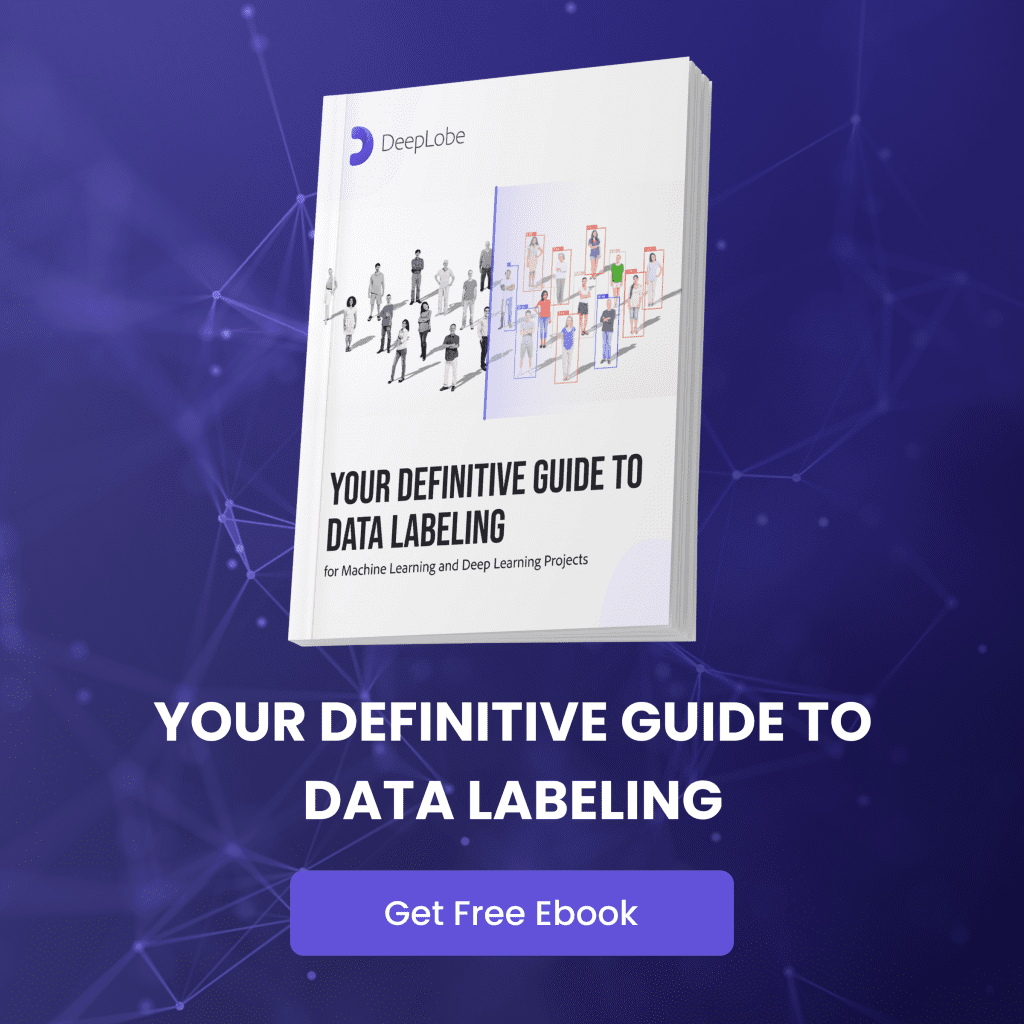
adminMarch 16, 2023Uncategorized
Semantic segmentation is the process of assigning a label to each pixel in an image, based on the category of the object or feature it represents. From object recognition, precision mapping, quality control, and security to autonomous system upgrades, semantic segmentation is an all-in-one image segmentation application for better results. This can lead to improvements in efficiency, safety, and overall performance in a variety of industries.
Top Five Industrial Applications:
Semantic segmentation is an important technology for a wide range of applications, enabling computers to accurately perceive and interact with the world around them.
1. Manufacturing
This segmentation is a great tool for the manufacturing industry. As it enables manufacturers to improve product quality, control operations, increase efficiency, and ensure workplace safety. A few of the several Semantic segmentation applications in the manufacturing industry include:
Quality Control: The technology is applied to analyze images of manufactured products in the production line, identifying defects or anomalies in products such as scratches, cracks, or deformations. Using this information manufacturers can improve the quality control process and ensure that only products that meet the required standards are shipped to customers.
Maintenance: This segmentation can be used to analyze images of machines and equipment to identify signs of wear and tear or damage. This information helps to schedule maintenance or repairs before a breakdown occurs, minimizing downtime and maximizing efficiency.
Inventory Management: Semantic segmentation can be used to count and classify items in warehouses or storage facilities, enabling manufacturers to track inventory levels and optimize supply chain management.
Process Optimization: This segmentation analyzes images of the production line, identifies bottlenecks or areas where efficiency can be improved. Using this information manufacturers can optimize processes and increase overall efficiency.
Safety and Security on Work Floor: It is applied to analyze images of the factory floor, identifying potential safety hazards such as spills or obstacles in walkways. Applying these insights helps to improve workplace safety and prevent accidents.
2. Healthcare
In the healthcare industry, image segmentation is one of the most commonly used computer vision techniques. In healthcare, this technology plays an increasingly important role. As it enables physicians to make more accurate diagnoses, plan more effective treatments, and monitor disease progression with greater precision.
Medical Imaging: Analyze medical images, such as CT scans, MRI scans, or X-rays, to identify and segment different types of tissues and organs with this technology. This information helps to diagnose diseases, plan surgical procedures, and monitor the progress of treatments.
Disease Diagnosis: This segmentation analyzes medical images or pathology slides, identifies abnormal cells or tissues that may indicate the presence of a disease such as cancer. This helps physicians make more accurate diagnoses and plan appropriate treatments.
Treatment Planning: Semantic segmentation helps in creating detailed 3D models of a patient’s anatomy, allows physicians to plan complex surgeries or radiation treatments with greater precision.
Monitoring Disease Progression: By analyzing medical images taken over time using this technology, physicians can monitor the progression of the disease and adjust treatment plans accordingly by tracking changes in the size and shape of tumors or other abnormalities.
Clinical Trials: Researchers can use it to evaluate the effectiveness of new treatments and medications by analyzing medical images taken during clinical trials.
3. Retail
Semantic segmentation is helping retailers to optimize inventory management, improve the customer experience, reduce shrinkage, and increase sales through targeted marketing efforts. Here are some interesting applications of semantic segmentation that transform retail in the digital age.
Inventory Management: Retailers can use to track inventory levels and optimize supply chain management by counting and classifying items on store shelves.
Customer Analytics: You can track customer behavior and find out which products are bought most often together, or which parts of the store are the most crowded.
Visual Merchandising: It can help identify which products are most prominently displayed and how they are arranged in-store displays. This information can be used to optimize visual merchandising strategies and improve the overall customer experience.
Fraud Detection: This segmentation can be used to analyze security footage, identifying possible thefts or fraud. Shrinkage can be reduced by leveraging this information.
Personalized Marketing: The use of this segmentation technology in personalized marketing can provide insight into purchasing patterns and product preferences based on customer data. Individual customers can be targeted with marketing campaigns that are tailored to their needs.
4. Automotive Applications
As a result of semantic segmentation, the automotive industry is able to develop safer, more efficient, and more personalized vehicles that meet the needs of consumers today.
Autonomous Driving: It is essential to autonomous driving systems, enabling them to recognize pedestrians, other vehicles, and traffic signs accurately.
Driver Assistance: Real-time information can be provided to drivers, such as lane departure warnings and collision alerts, enhancing road safety.
Quality Control: Vehicle components such as engines or brake systems can be examined for defects or anomalies that could impact performance.
Navigation: Semantic segmentation can identify and classify different types of road features, including lanes, traffic lights, and stop signs, on detailed maps of road networks. Navigation systems and routes can be optimized using this information.
Customer Experience: It helps identify patterns in customer usage or preferences based on vehicle usage data. Customers’ driving experiences can be personalized or new features can be developed to meet their needs.
5. Digital Finance
The financial industry has made the transition to better data analysis and improved processes with semantic segmentation and image analytics.
Detection of fraud: Analyze transaction data, identifying patterns that may indicate fraudulent activity.
Risk Management: Financial markets data can be analyzed for patterns and anomalies indicative of potential risks. This information is used to develop more effective risk management strategies.
Credit Risk Management: In order to create more accurate credit scores, this technology can be used to analyze data such as credit history or financial behavior. By using this information, lending decisions can be improved and risk can be minimized.
Investing: Financial data can be analyzed to determine investment opportunities and risks. This information helps financiers develop more effective investment strategies.
Customer Experience: Real-time customer data analysis, identifying patterns in financial behavior or preferences is possible through semantic segmentation. This information is used to create personalized financial services or develop new products that better meet customer needs.
In conclusion, semantic segmentation is a powerful technology that can provide valuable insights to industries undergoing digital transformation. From manufacturing to healthcare, automotive to finance, semantic segmentation has a wide range of applications, enabling organizations to optimize processes, make informed decisions, and provide better experiences for customers.
As the technology continues to evolve and become more accessible, we can expect to see even more industries adopting it as a core part of their digital transformation strategies. By leveraging the power of semantic segmentation, businesses can stay ahead of the curve and unlock new opportunities for growth and success.
DeepLobe is a B2B SaaS platform that enables organizations to build custom computer vision models without needing any technical expertise or skills. With the platform’s no-code AI capabilities, businesses can easily create and quickly adopt advanced image segmentation models that can enhance their operations, improve accuracy, and reduce time and costs.
DeepLobe’s user-friendly interface and pre-built models simplify the process of creating personified image segmentation models. The platform also offers a wide range of features, including image annotation, model training, and deployment, that help organizations achieve their computer vision goals.
The platform’s ease of use and scalability make it an attractive option for organizations looking to implement advanced computer vision technology without requiring extensive technical expertise. Overall, DeepLobe’s image segmentation solution offers a robust and affordable way for businesses to harness the potential of AI and scale their operations.
